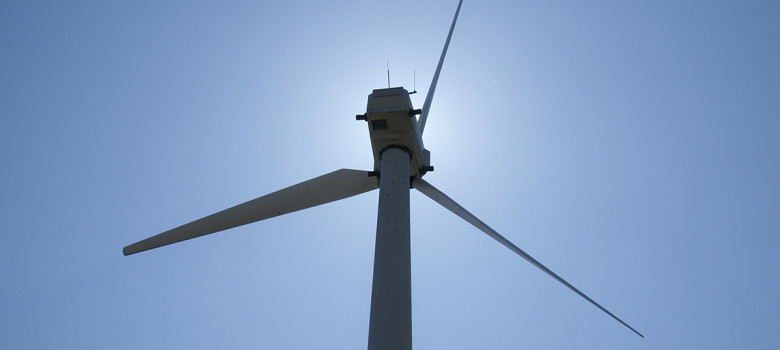
Wind turbines can be a great way of generating your own energy in rural areas. We think they offer a great complement to traditional forms of energy and other renewables like solar. The thing is, it is really tricky to work out the size of turbine you need so in this blog we hope to make things a little clearer!
Generator size does not relate to output
The most important thing to remember when shopping for turbines is that the size of the generator does not equate to its output. A larger generator will be able to deal with higher inputs, and larger generators are usually found on larger turbines, but there is no guarantee that a 1kW turbine will produce more than a 0.5kW turbine, in fact the reality could be the opposite.
>>> Learn about the basics of wind turbines <<<
This is because the key factor is rotor size. The bigger the rotor, the bigger the input to the generator, and although a smaller generator might not be able to deal with a very windy day, chances are the bigger the span of the blades, the more energy you are going to generate.
There are plenty of other factors that go into the true output of a wind turbine – one important one being the height of the tower. Also you have to take into account the location of the proposed turbine, as the top of a hill in the Scottish Highlands is going to produce a lot more energy than a secluded valley in Kent.

If everything else is considered equal, the span of the turbine blades has a very simple relationship to output. Increasing the span increases the swept area – i.e. the big circle that the blades pass through. Every meter you increase the span, the greater the swept area – there is an exponential increase so that each additional meter of span, you get a bigger increase in the swept area. That means the difference in output between a 9 foot and a 10 foot blade is greater than the difference in output between an 8 and 9 foot blade.
>>> Maximise you return from your wind turbine! <<<
This swept area is directly proportional in a linear way to the potential energy that the blades can capture. So doubling the swept area will double the potential output of the turbine. So one very important factor when determining the turbine you need is the swept area.
Other important factors in the output of a wind turbine
Whilst the points made so far give you the main factors in determining the output of a wind turbine, here are some of the other lesser factors that can impact it:
Air Density – The thickness of the air actually plays a considerable role in determining output. If you have a turbine at high altitude, there are less air particles to help move the blades, and so they produce less output at the same windspeed, compared to low lying areas.
Local Obstruction – If you are constructing your turbine in a sheltered area, with lots of obstructions reducing wind speed, then you are obviously going to need a bigger turbine to get the same sort of energy production as an exposed turbine.
What to look for when considering a turbine
If you want to size a turbine for your property, you will need to consider a number of different areas in order to get the right turbine. You will need to consider the turbine itself and the environment it is going to occupy in order to get an idea of its potential output. Solar PV is far more predictable!
Installing a wind turbine
Are you thinking about installing a wind turbine at home? We have scoured the country for the best tradespeople, so that we can make sure we only recommend those we really trust.
If you would like us to find you a local installer to help install a wind turbine at home, just fill in the form below and we will be in touch shortly!



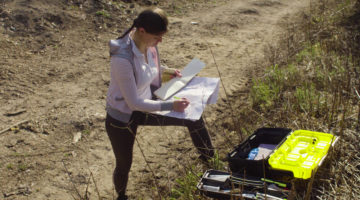
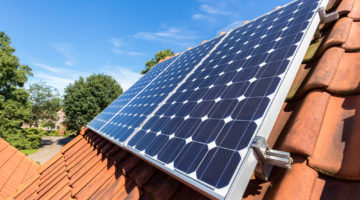
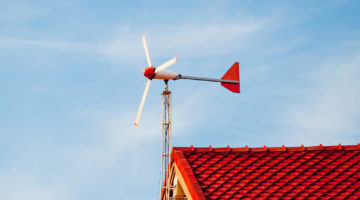
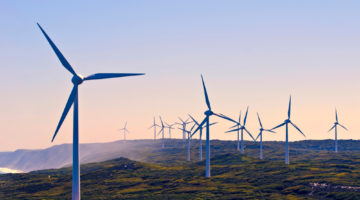





No Comments yet! Be the first one.